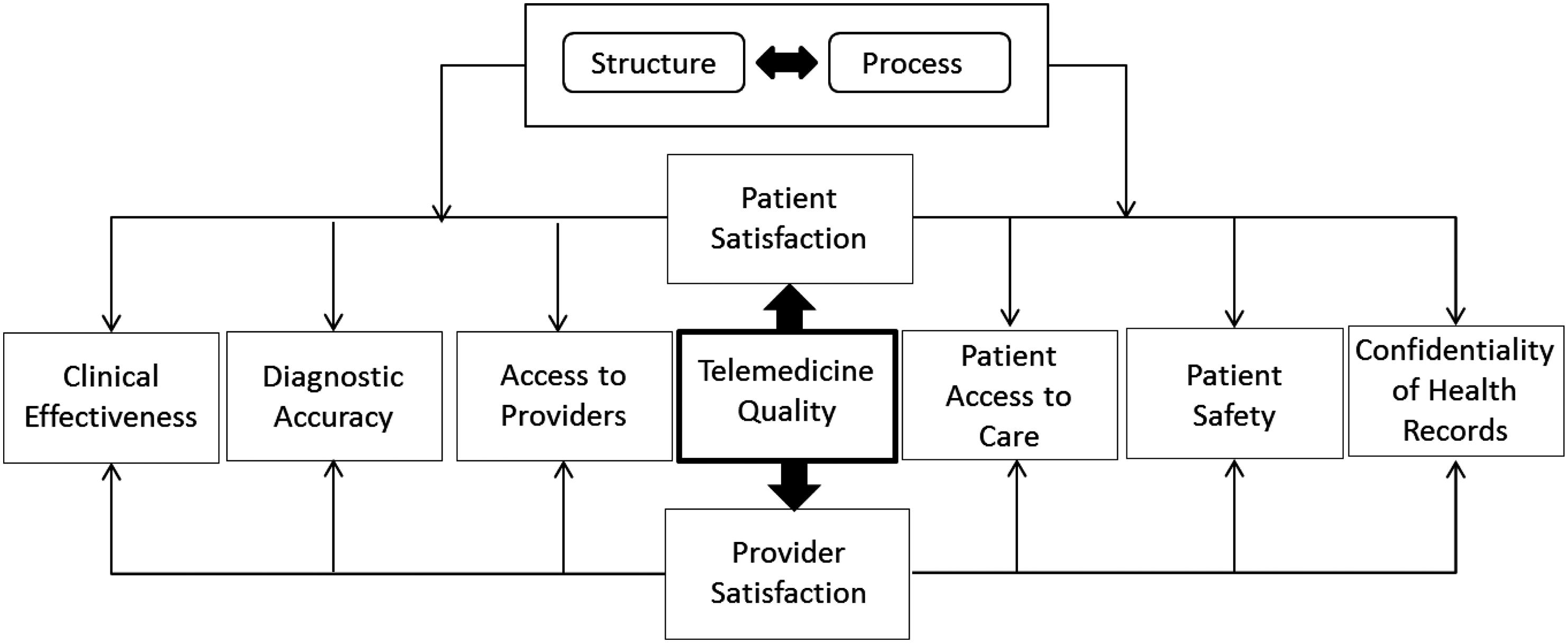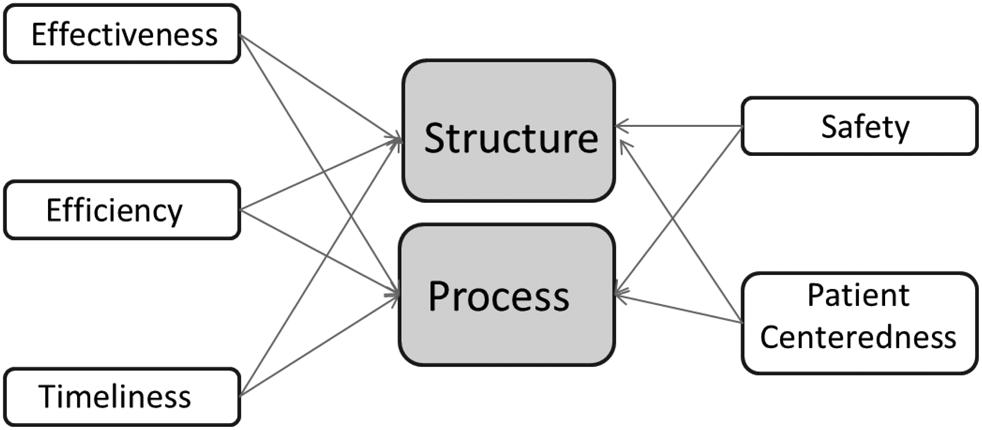
1 minute read
Transition from Volume-Based Healthcare to Value-Based Healthcare
are so jaded by their lifelong experience of caring for patients that they have become desensitized to the power of empathy.
In today’s rapidly changing healthcare landscape, payers are asking providers to shift from volume-based care (fee for service) to a value-based reimbursement structure (fee for value). This shift toward value-based reimbursement bodes well for the patient, the healthcare provider, and the payer. A reimbursement system based on value motivates healthcare providers to deliver the best care possible at the lowest cost. In return, patients receive a higher quality of care at a better value.
Advertisement
According to McKesson (2016), making the move to a value-based reimbursement (VBR) model aimed at population health requires the following:
◾ Transforming the traditional “siloed” care model into a network care model, both for increased care coordination and the ability to scale effective interventions with the patient population ◾ A significant increase in the need to acquire, aggregate, and analyze data across a healthcare network ◾ An integrated financial and clinical platform for a common view of the patient across care settings and over time ◾ Reorganizing the institutional structure to accommodate value-based payments; this restructuring can also help healthcare providers identify changes that could reduce operating cost and boost efficiency ◾ Physician engagement with common goals and an incentive structure that supports these goals ◾ Instituting new clinical and operational processes that foster sustained behavioral change
VBR helps healthcare providers and institutions prepare for an evolving patient population with:
◾ Increased access to care, which can lead to more patients and less loss of patients ◾ A higher number of chronic diseases that must be treated ◾ An aging population and sicker patients with multiple chronic conditions





